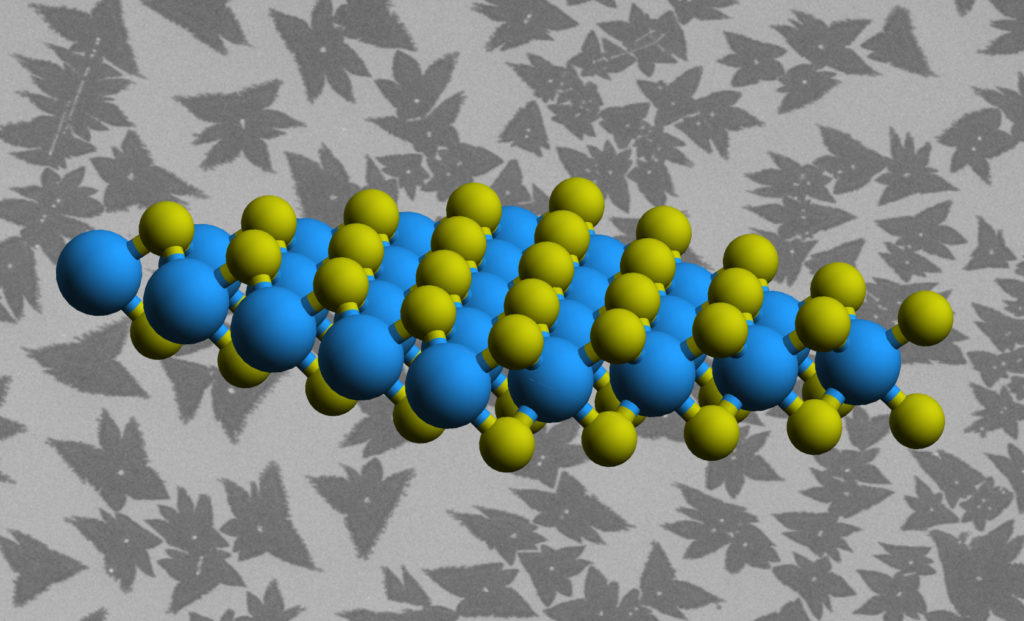
Scientific Achievement
A team of Foundry staff and users have used a suite of techniques to unravel precisely how defects in tungsten disulfide influence its electronic and excitonic properties.
Significance and Impact
This is the first time that defect effects have been studied in such a detailed way and revealed precisely how they impact the material’s properties. The results could open the door to create designer materials by engineering defects for applications in quantum information science or catalysis.
Research Details
- The researchers synthesized tungsten disulfide (WS2) using chemical vapor deposition (CVD) and used a combination of techniques to study its defects.
- At the Advanced Light Source, the team utilized a technique called nanoARPES at the MAESTRO beamline to study the defects and electronic structure of the material.
- This data, combined with results from three other techniques, enabled the research team to gain new information about the defects and the effect they have on the properties of the material.

